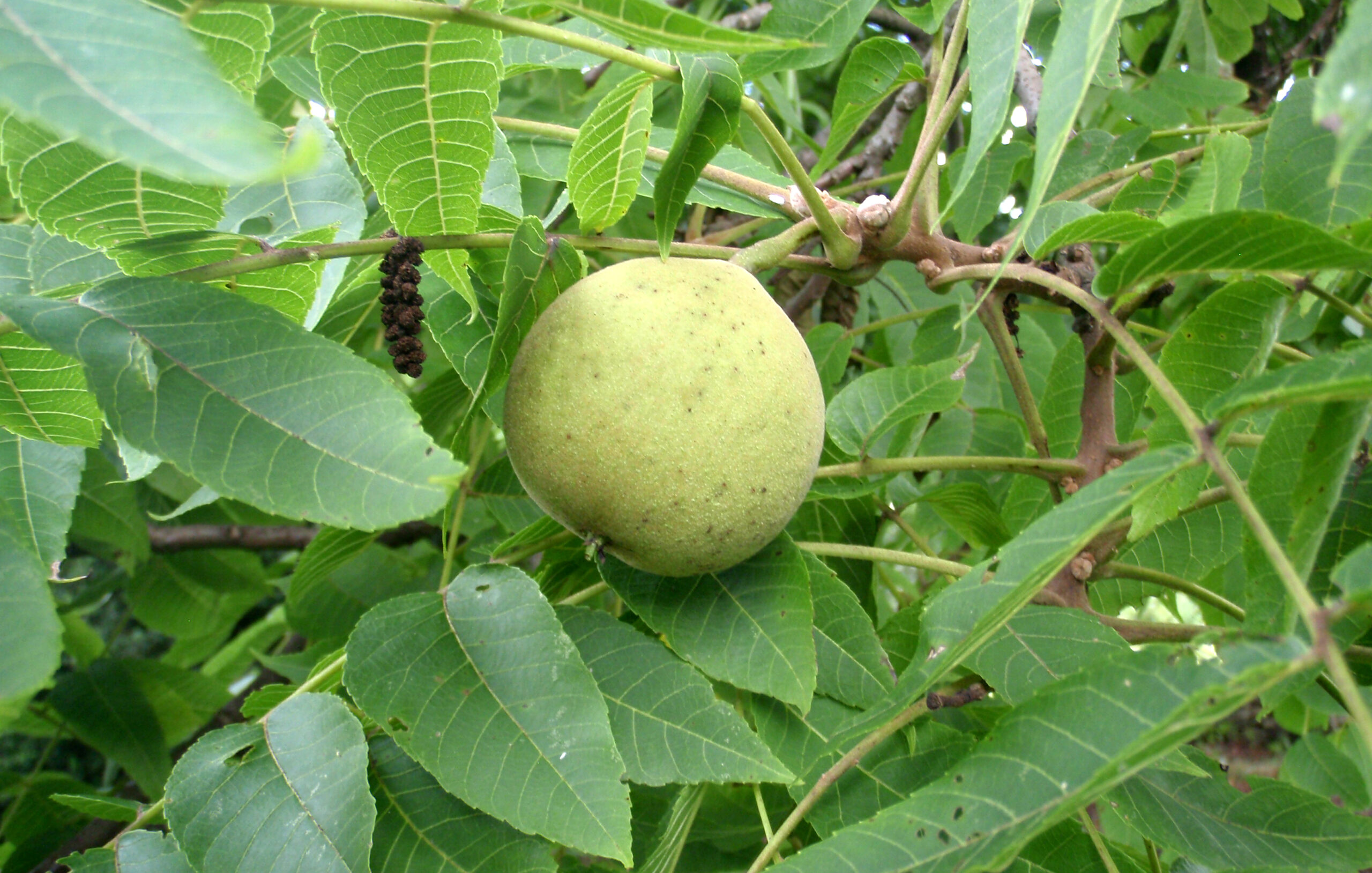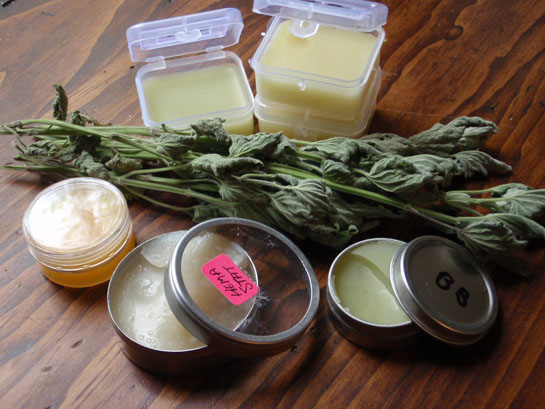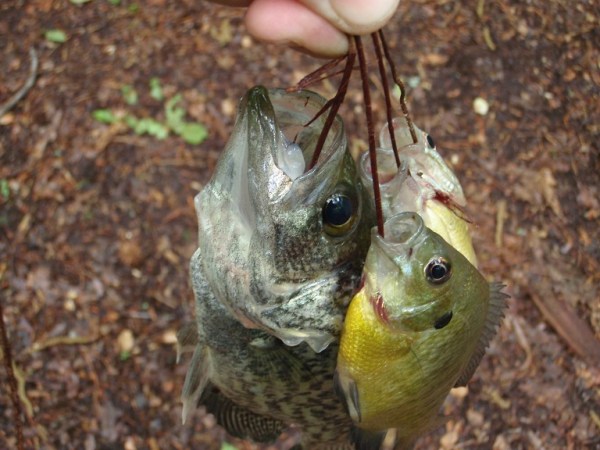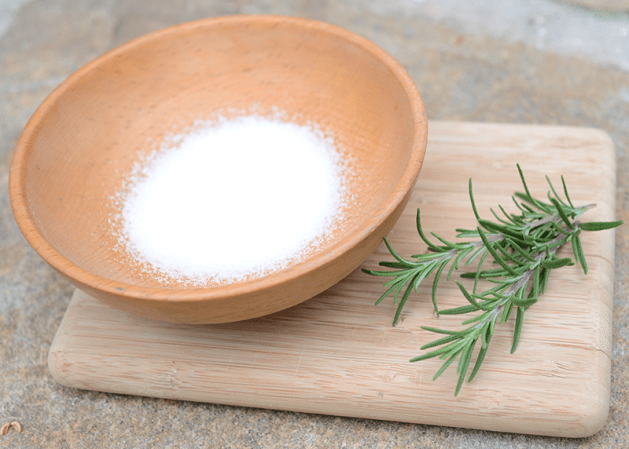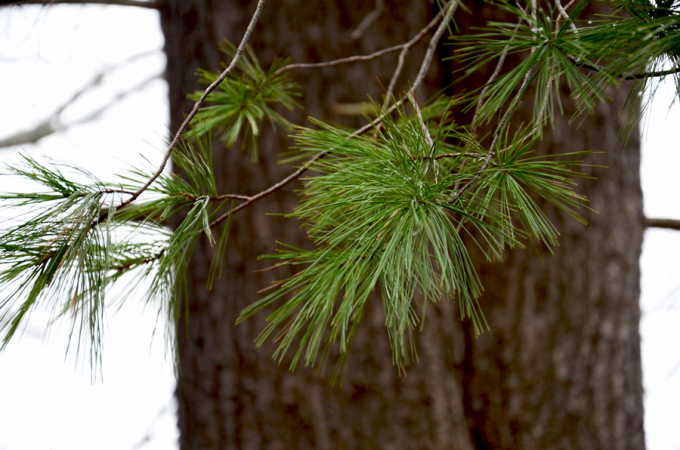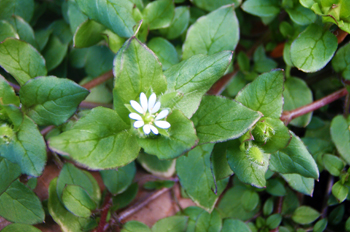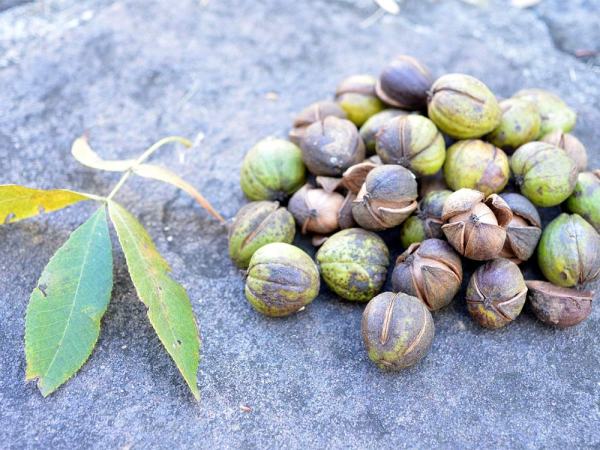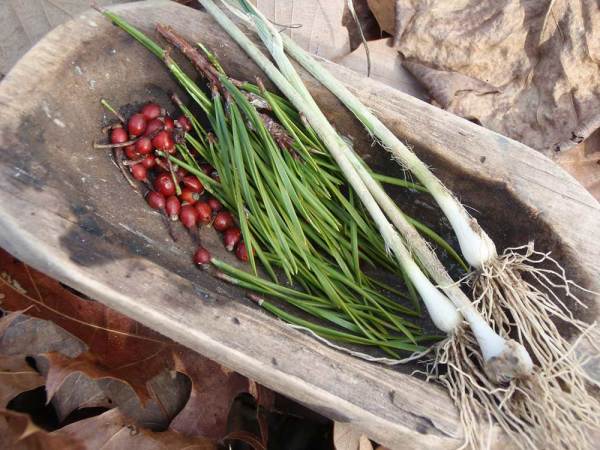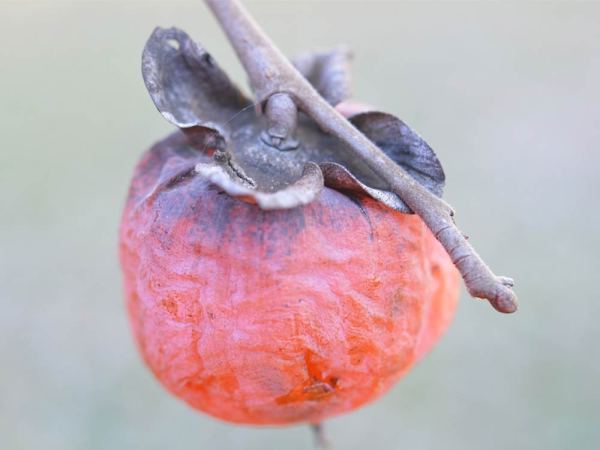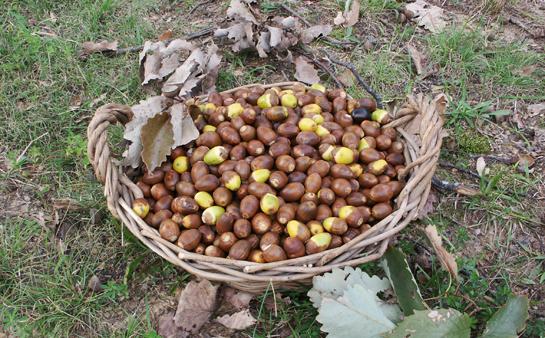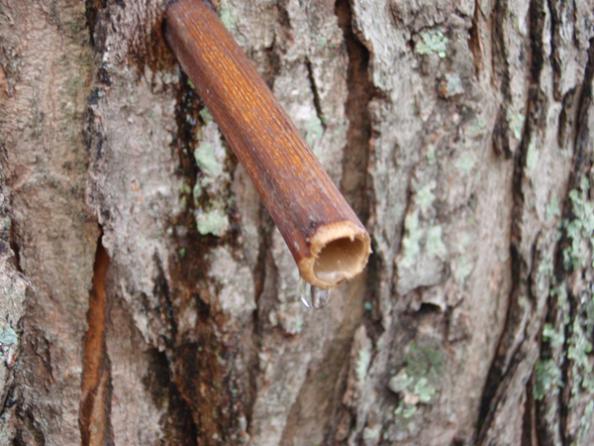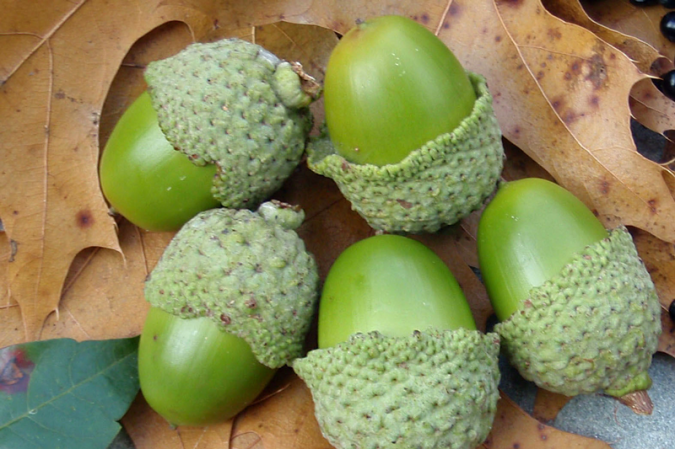There are many natural signs each year that herald the approach of the fall season, but here in Virginia, the first one is the dropping of walnut leaves. Often the last trees to leaf out in spring, black walnuts and their cousin the butternut walnut begin dropping their leaves in August and signal that cooler weather is coming soon. Primarily found in the Midwest and Eastern United States, walnut trees are a group of deciduous hardwood trees with varying shapes of nuts. These nuts are probably the easiest way to identify the trees. Black walnuts (Juglans nigra) look like round green tennis balls when they are freshly fallen (butternuts are more “egg” shaped). The rough husks soon turn from green to a very dark brown as they lay on the ground in autumn. Here are just five of the wonderful things you can do with this esteemed native tree.
1. Eat them
The nut meats are rich tasting and contain 173 calories an ounce. They are high in fat, with a fair bit of protein, magnesium, phosphorus, copper and manganese. The wild animals might even let you get some, primarily because they don’t like to chew through those thick, bitter husks. This means that there can be black walnuts on the ground well into winter.
2. Apply them
Fresh green walnut hulls can be dried out and soaked in alcohol to make a homespun version of tincture of iodine, which is very handy as a topical disinfectant on cuts, scrapes, scratches and burns. Dry the green husk chunks in the late summer sun, place them in a jar, and cover with high proof liquor. Let the mix sit for 6 weeks, periodically shaking the jar. Strain out the solids and keep the liquid as a first aid tincture. This liquid should be kept in a cool dark place and replaced annually.
3. Dye stuff
The black gooey hulls make an outstanding dye for fabric, leather and even a wood stain. Crush them in hot water in an iron pot (if you have one). The iron acts as an assistant to the dying process. You could also toss a railroad spike in the mix if you were soaking cloth in a plastic, enameled or stainless container. While the brew is still warm, submerge your garment or cloth, and let it sit in the liquid for several days. The brownish grey color is great for making your own camouflaged clothing.
4. Stun fish
Native peoples once used crushed green walnut hulls as a fish “dope” to stun fish and feed their tribe. This was typically done in very slow moving or still water, with massive amounts of hulls. Today, these practices are illegal in most areas, but something to remember for dire emergencies.
5. Expel your worms
Gross topic, I know, but if you find that you have contracted intestinal worms in an austere environment (no doctors or meds), you might need it. A strong tea of black walnut hulls can be drunk twice daily for one week (no more than that) to expel or even kill the invaders. This horrible tasting brew is best consumed on an empty stomach first thing in the morning, and then a supportive dose prior to bed.
What do you do with walnut? Make furniture or gun stocks? Shell the nuts and make squirrel bait (or cookies)? Please tell us your uses by leaving a comment.
